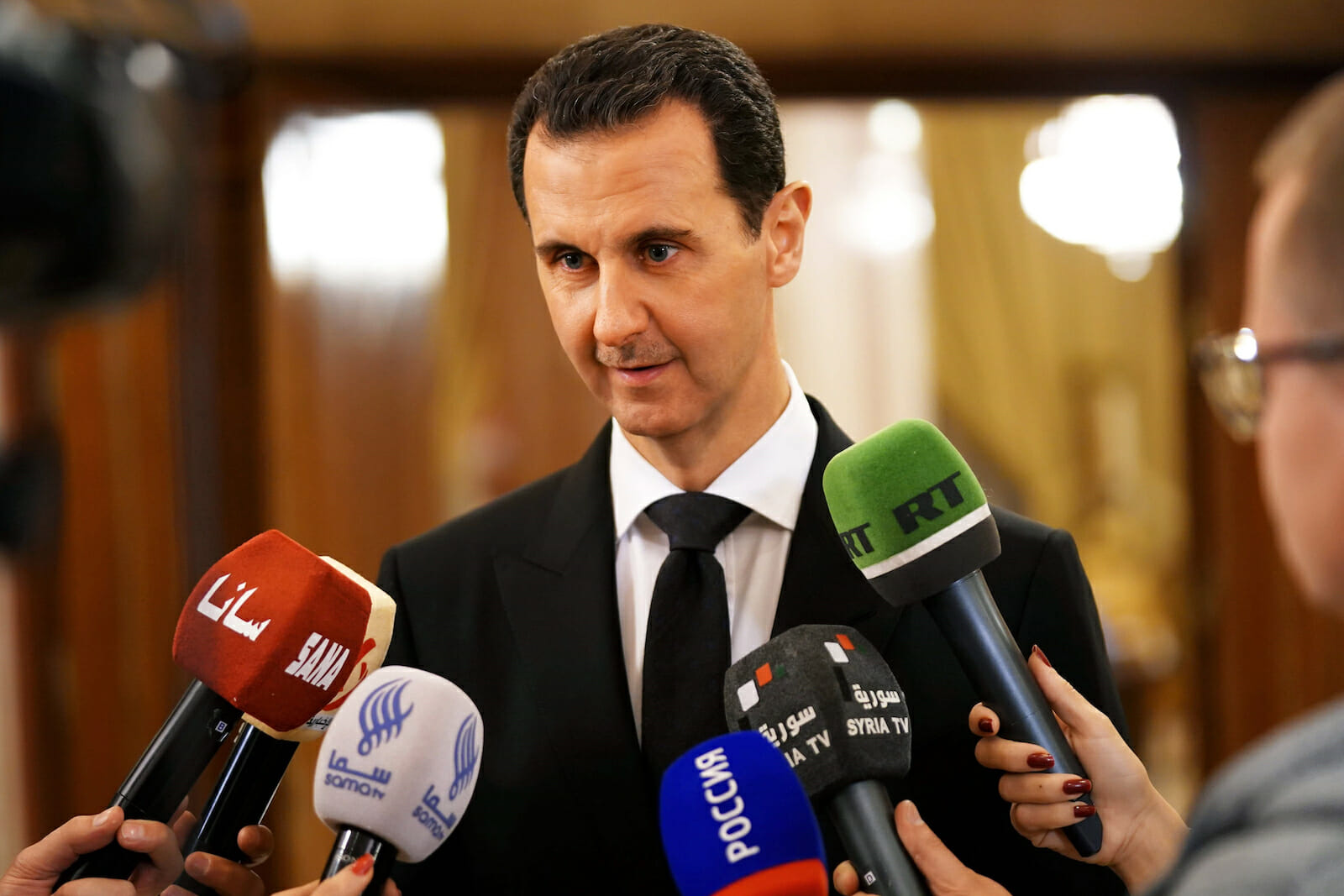
Obama’s Dwindling Options in Syria
As the Syrian conflict deepens, the Obama administration is facing renewed calls to act before full-scale civil war erupts, with neo-conservatives in Washington pressing the administration to support anti-government rebels with military hardware. The President has been unwilling to do so and he has every reason to be wary of engaging in yet another Middle East conflict with no end in sight, and no exit strategy.
Moreover, the President knows that such support would in the end likely prove futile, given China, Iran and Russia’s ongoing support for the Assad regime, the absence of unity among opposition groups, and the failure of the opposition to control any significant Syrian territory. China and Russia show no tangible sign of lending future support to any UN initiatives aimed at penalizing Mr. Assad. Moreover, the pendulum has clearly swung in his favor, as the Syrian army has routed the rebels from their previous strongholds and maintained their positions.
In the absence of any meaningful sustained military victories on the part of the rebels, there is a real reason to question the wisdom of providing arms at this point in the conflict. Comparisons to NATO action in Libya are not relevant in this case. From a geographical, military, civilian, and state of play perspective, there really is little commonality that warrants a similar approach. Any coalition air campaign in Syria would result in collateral damage and the killing of civilians, would be counter-productive.
In understanding why the Obama administration undertook the Libyan operation, it is helpful to remember the president’s statement at the time. In March of 2011, he said, “…at this particular moment” the United States has “a unique ability to stop that violence: an international mandate for action, a broad coalition prepared to join us, the support of Arab countries, and a plea for help from the Libyan people themselves. We also had the ability to stop Gaddafi’s forces in their tracks without putting American troops on the ground.”
Let’s not forget that the Syrian opposition remains ill-defined and divided, which raises a serious question about who would be the ultimate recipient of any arms. While more is now known about the composition of the Syrian National Council and the Free Syrian Army, there are many umbrella groups that have their own agendas.
David Sanger of the New York Times wrote in February, as the violence began to spiral, “…what started as a protest movement has morphed into what Steven Heydemann, a Syria expert at the United States Institute of Peace, described as ‘a dangerous and uncoordinated array of armed opposition fighters.’ While there is an entity called the Free Syrian Army — not to be confused with the civilian Syrian National Council — it is less an army than bands of free-form militias. Some are tribal; some are linked by regional or ethnic bonds; there is no real command structure.” This is what the neocons propose the U.S. government support?
While Kofi Annan, the former UN Secretary General, has every reason to remark that Syria is devolving into a civil war and the country is becoming “more polarized and more radicalized,” there is no international consensus about what to do to stop it. The United States is not in a position to undertake unilateral military action and if it were to, the ramifications could be irreversible and extend well beyond Syria’s borders. While China and Russia are thought to have been distancing themselves recently from Mr. Assad, they remain opposed to any UN Security Council vote to authorize military action. In any event, this ‘softening’ of their position is not detectable by their own actions, particularly this week’s news that more attack helicopters are being supplied by Russia to Syria.
It seems the Obama administration realizes the limits of U.S. power – particularly in an era of limited financial and military resources – but also at a time when the U.S. no longer call the shots around the globe. The neocons would probably not feel so self-righteous if an intervention in Syria turned out badly, which is undoubtedly what would happen. In truth, it would be a protracted engagement that would draw in several regional powers, be very costly in terms of money and men, and very messy. And, in the end, one of the big losers would be Israel, which can ill afford to confront yet another potential future adversary on its borders – particularly at this time.
The administration’s options are limited both by the constraints imposed on it as a result of external dynamics, the timing of the pending US election, but also, thankfully, because of its own self-restraint and ability to think critically about sensible options. Given that every one of the outcomes of the Arab Spring has to date been disappointing and not what was expected, surely, Mr. Obama knows that the mold is unlikely to be broken by Syria. Rather, whatever may replace Mr. Assad is unlikely to be what the west would want, or expected. On that basis, hopefully, moderation and clear thinking will continue to prevail, and the status quo will continue. Fortunately, the administration’s options are dwindling.


